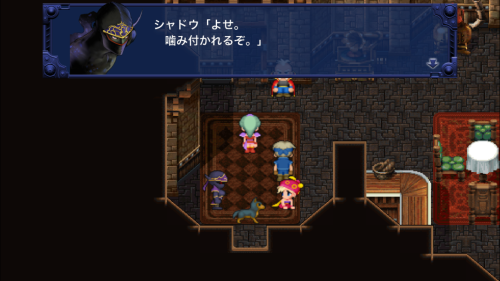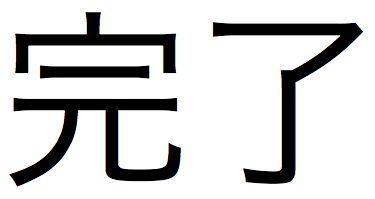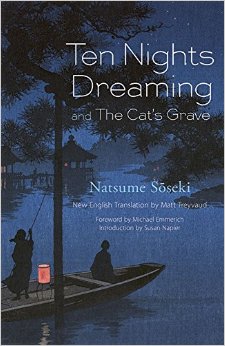Amtrak isn’t quite as enjoyable as Japan Rail, but it sure beats driving. I recently rode the Lincoln Express from Chicago to St. Louis for Thanksgiving, and I managed to put in a few more hours on Final Fantasy VI. I’m only up to 15 hours so far, which means I’m just under half way through according to How Long to Beat.
I didn’t come across any new “lingo” worth introducing here, but I did find this pretty cool and very efficient line from Shadow:
It’s always good to be familiar with the passive form, but it comes in especially handy in video games when space is limited. As you can see in this instance, there’s no need for a subject nor a verb because both are contained within the passive form (and it doesn’t hurt to have a visualization). The concision also plays into Shadow’s character, which is standoffish in the best of times.
噛み付く (かみつく) means “bite (at).” The invisible subject of the passive form 噛み付かれる (かみつかれる) is リルム, the daughter of the old man, and the performer of the bite is, of course, Shadow’s dog Interceptor. So literally, “You will be bitten by the dog.” Putting this into normal English, you get “He’ll bite you.”
Which checks out with the English script: “Back off. He bites.” Great translation.
The only way to master the passive is to “get used to it”: just keep doing a literal translation in your head for as long as it takes to become second nature. But it’s very important to force yourself to slow down when necessary and identify the subject and performer of the action in these instances.



